Future Museum Digital innovation used to design programmes that prevent the material and immaterial oblivion of the artistic and cultural heritage. Programmes that renew the re-proposition of the work. They render the visitor the protagonist in a dialogue with art offering tools and information that widens perception. The museums are open constructions around which […]
The complex, layered and dynamic aspects of heritage objects and sites on the one hand and technically sophisticated but static and simplifying visualizations on the other hand has resulted in a paradox. A paradox that potentially can frustrate both academics and the general public. Virtual reconstructions of ancient objects, buildings, sites and even complete cultural […]
Virgil 2 is a project by TIM Jol Crab/Turin Polytechnic. It showcases a treasure hunt in unaccessible parts of museums, with themed cultural routes across the museum and multimedia content rich with history, art, technical information and cultural background. Future Museum Digital innovation used to design programmes that prevent the material and immaterial oblivion […]
The rise of modern activism permeates our society, being echoed by social movements which contextualize grim realities and human rights issues and abuses. Audiences are congregating online, looking for solutions and spaces to grief, grow and express. Museums can meet the need of social justice and current events via a responsive digital presence that exudes […]
Future Museum Digital innovation used to design programmes that prevent the material and immaterial oblivion of the artistic and cultural heritage. Programmes that renew the re-proposition of the work. They render the visitor the protagonist in a dialogue with art offering tools and information that widens perception. The museums are open constructions around which […]
In an increasingly dynamic and fragmentary context, in which lifestyles and ways of enjoying culture are changing rapidly, we analyze how new technologies, the internet and social media are defining new ways for museums and audiences to communicate and and interact. Future Museum Digital innovation used to design programmes that prevent the material and […]
Presentation of Osservatorio VivoLaCultura di Swg, organised in collaboration with DigiLab and Università La Sapienza. Survey of opinions and national values about citizens’ relationship with the cultural consumption. What do Italians expect from their own cultural consumption, what motivational factors encourage them, what attitudes do they have about the various elements of the cultural and […]
A chat on urban activism and the concept of Art as a vehicle of social communication: urban installations and art projects that narrate contemporary society with an in-depth study of the Web, its potential and limits, through performances/artistic works carried out on virtual platforms and social networks. All of this serves to demonstrate that Art […]
Thanks to Tor Art technology and in collaboration with D-Shape, a copy of the arch of Palmyra has been made in just a few days. A model replica was shown on April 19th in Trafalgar Square on the occasion of World Heritage Week 2016. Future Museum Digital innovation used to design programmes that prevent […]
Individual and collective memory in the age of Social Networking – is it still possible to identify “digital” best practices in order to nurture and maintain individual and collective memory “in spite” of social networks? Are businesses and institutional museums doing all they can to achieve that?
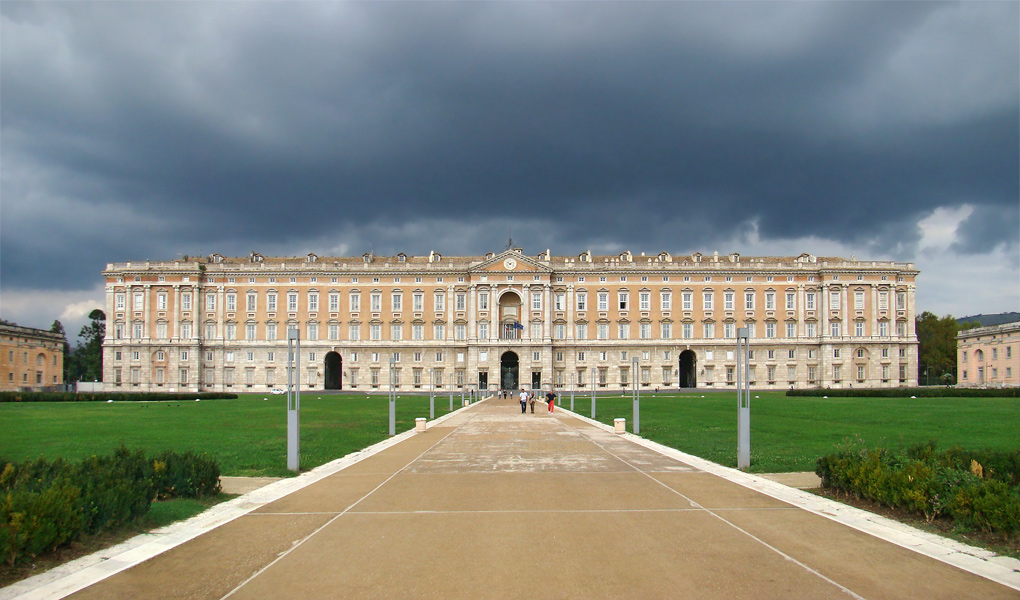

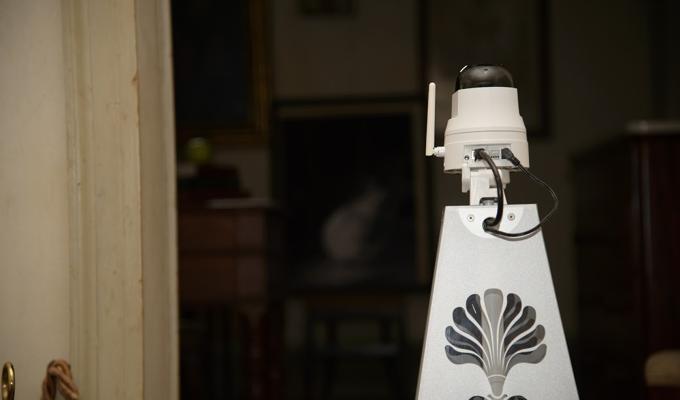
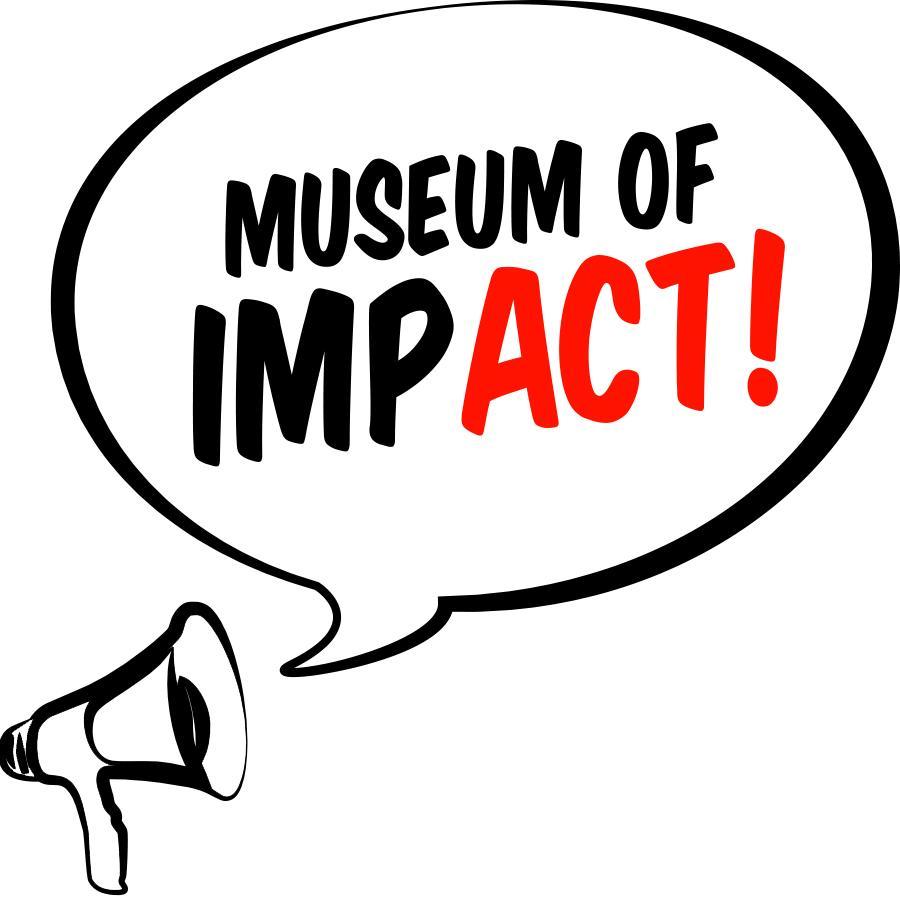

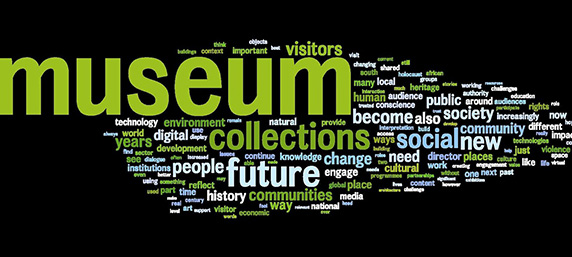

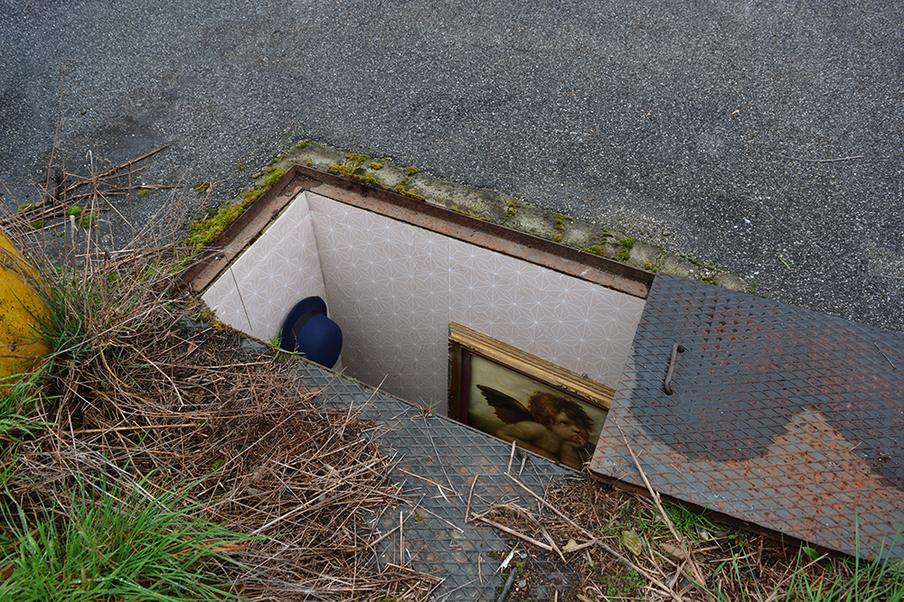

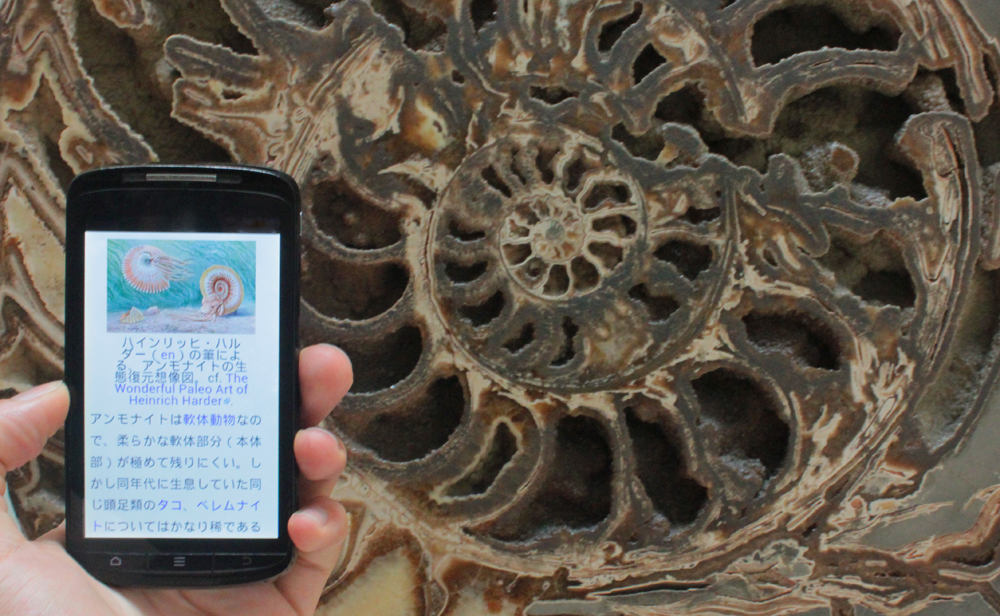
Get in touch